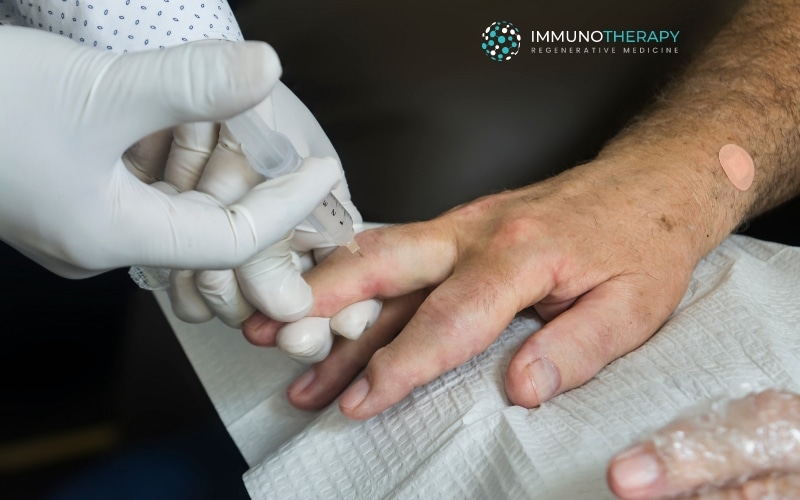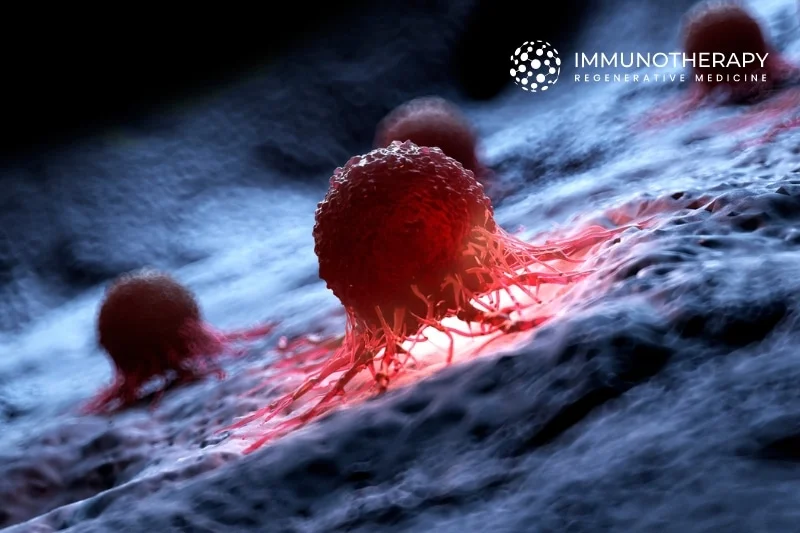Immunotherapy Treatment for Diabetes Control
Understanding Diabetes Mellitus and Breakthrough Immunotherapy Treatments
Diabetes Mellitus, a prevalent and multifaceted metabolic disorder, impacts countless lives worldwide. This article delves into its classifications, diagnosis, symptoms, and current treatments. Furthermore, we introduce the pioneering therapeutic protocol by Immunotherapy Regenerative, promising a groundbreaking approach to diabetes management and care.
What is Diabetes Mellitus?
Diabetes Mellitus is a disease of diverse etiopathogenesis that affects the metabolism of carbohydrates, fats, and proteins. It is characterized by defects in insulin secretion and/or action, resulting in elevated blood glucose levels, which can lead to various acute and chronic complications. Insulin is a hormone produced by specialized pancreatic cells called beta cells, which allows glucose to enter cells to be used as an energy source.
How is Diabetes Mellitus classified?
Based on its development, Diabetes Mellitus can be classified as follows:
- Type I Diabetes Mellitus: Caused by autoimmune destruction of beta cells, usually leading to an absolute insulin deficiency.
- Type 2 Diabetes Mellitus: Due to a progressive decline in insulin secretion by beta cells, combined with resistance to insulin action in body tissues. Other specific types of diabetes include gestational diabetes, genetically associated diabetes, exocrine pancreatic diseases, and drug-induced diabetes.
How is Diabetes Mellitus diagnosed?
There are several laboratory tests to diagnose Diabetes Mellitus:
- Fasting plasma glucose level above 126 mg/dl, with fasting defined as no calorie intake for at least 8 hours.
- Glycated hemoglobin (HbA1c) above 6.5%, which measures the average blood glucose level over the past three months.
- Glucose tolerance test result above 200 mg/dl. During this test, the patient consumes a solution with approximately 75g of glucose, and a blood sample is taken 2 hours later. A diagnostic result from any of these tests should be confirmed with a second test, preferably of the same type unless classic hyperglycemia symptoms are present. In that case, a random blood glucose level above 200 mg/dl is sufficient. Two pathological determinations using different tests on the same blood sample can also diagnose Diabetes Mellitus.
What are the symptoms of Diabetes Mellitus?
Symptoms vary depending on blood glucose levels. Some people may not exhibit symptoms, especially those with Prediabetes, Gestational Diabetes, or Type 2 Diabetes. Some symptoms include:
- Increased thirst.
- Frequent urination.
- Excessive hunger.
- Unintended weight loss.
- Fatigue and weakness.
- Mood changes, including irritability.
- Blurred vision.
- Slow-healing wounds.
- Frequent infections, such as in the gums, skin, or vagina.
- While Type 1 Diabetes can appear at any age, it usually manifests in childhood or adolescence. Type 2 Diabetes can also develop at any age but is more common in people over 40. However, cases in children are rising.
What is the current treatment for Diabetes Mellitus?
The cornerstone of treatment is adopting a healthy lifestyle, emphasizing regular physical activity and a diet tailored to the nutritional needs of this medical condition. However, treatments should be personalized according to the type of diabetes, its stage, and the patient’s overall clinical history.
Treatment for Type 1 Diabetes involves insulin administration due to the body’s absolute production deficiency. Pancreas transplantation might be an option for some patients with this type.
Type 2 Diabetes treatment primarily involves lifestyle changes combined with oral hypoglycemic drugs, insulin, or sometimes both.
What does the Immunotherapy Regenerative therapeutic protocol for Diabetes Mellitus entail?
At Immunotherapy Regenerative, we’ve established a protocol aimed at metabolic regeneration for individuals diagnosed with diabetes. The main objective is to optimize blood glucose level control, counteract the degenerative process of the disease, and limit the development of complications as much as possible.
A core component of our protocol is plasmapheresis, a blood purification method involving plasma extraction using nanofiltration to remove high molecular weight particles, pathogens, immune complexes, or other components that contribute to the pathological immune response in diabetes.
Microcirculation disorders are among the primary complications of diabetes, leading to eye, kidney, cardiovascular, and nerve issues due to increased blood viscosity.
Plasmapheresis effectively purifies these procoagulant factors, enhancing microcirculation and organ perfusion. This process has also shown positive results in correcting other blood elements such as glucose, lipids, uric acid, and autoantibodies (which target pancreatic beta cells).
Considering diabetes is associated with oxidative stress, it’s crucial to deploy systems that counteract cell damage caused by free radicals. Hence, ozone therapy is another fundamental pillar for metabolic regeneration, given ozone’s powerful antioxidative properties that prevent cellular degradation and aging, and enhance the blood’s oxygen-carrying capacity.
Stromal precursors form our third pillar for metabolic therapy. With their immunomodulatory and regenerative properties, and minimal side effects, they improve blood glucose control and reduce the need for hypoglycemic medication (especially insulin). This method aims to modulate the pathological autoimmune response that triggers beta-cell destruction while stimulating pancreatic cell regeneration to optimize insulin production.





